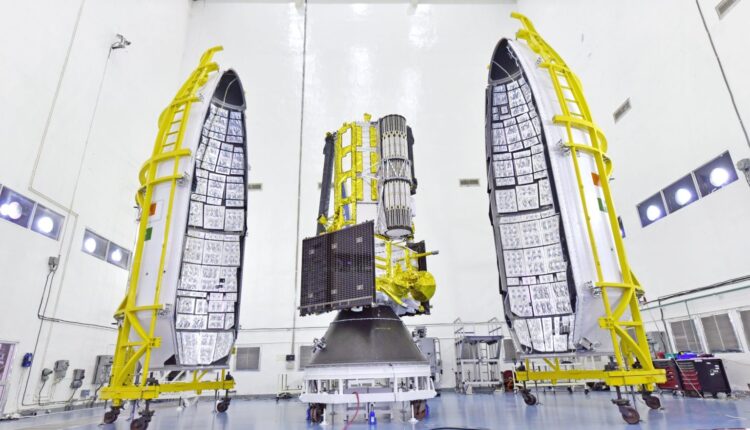Union Minister of State for Science and Technology Dr. Jitendra Singh on Sunday said that the launch of NASA-ISRO Synthetic Aperture Radar (NISAR) satellite on July 30 at 17:40 hrs from the Satish Dhawan Space Centre in Sriharikota will be a defining moment in India-US space cooperation and a boost to ISRO’s international collaborations.
Singh said, “This mission is not just about a satellite launch – it is a moment that symbolises what two democracies committed to science and global welfare can achieve together. NISAR will not only serve India and the United States but will also provide critical data for countries around the world, especially in areas like disaster management, agriculture, and climate monitoring.”
NISAR, the first Earth observation satellite jointly developed by NASA and ISRO with a joint investment of over $1.5 billion, weighs 2,392 kg. It will be placed in a sun-synchronous orbit and will revisit the entire Earth’s land and ice surfaces every 12 days. It features dual radar technology – L-Band SAR from NASA and S-Band SAR from ISRO – mounted on a 12-meter unfurlable antenna. Notably, this will be the first time a GSLV rocket (GSLV-F16) is used to launch a satellite into sun-synchronous polar orbit.
A key highlight of the mission is its open-data policy. All NISAR data will be freely available within one to two days, and near real-time during emergencies, offering immense value for developing nations and global research initiatives.
Singh emphasized that the mission aligns with Prime Minister Narendra Modi’s vision of India as a ‘Vishwa Bandhu’, a global partner committed to shared progress. He described NISAR as a “scientific handshake with the world,” reflecting India’s growing role as a responsible and innovative spacefaring nation.



